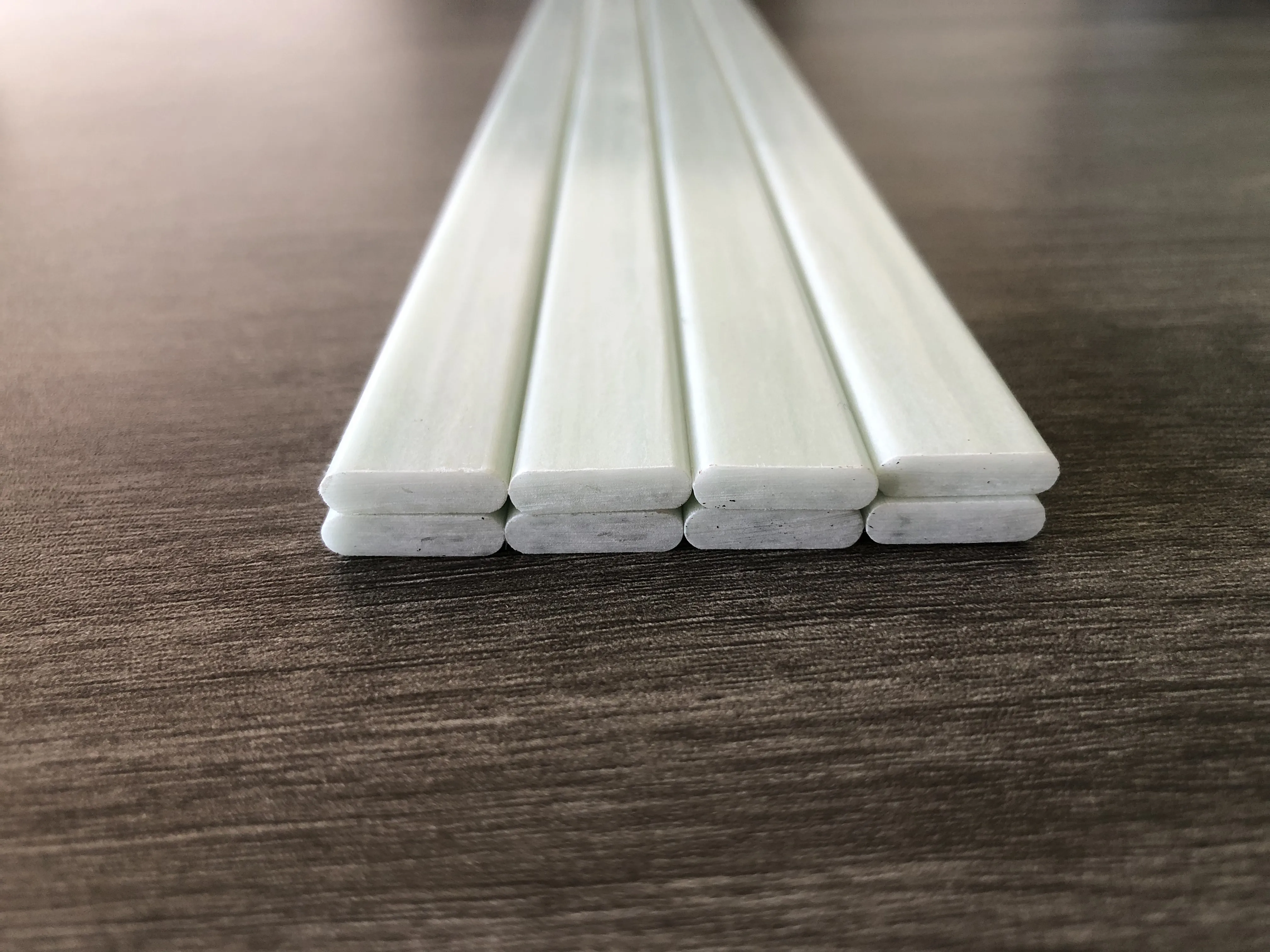loading...
- No. 9, Xingyuan South Street, Dongwaihuan Road, Zaoqiang County, Hengshui, Hebei, China
- admin@zjcomposites.com
- +86 15097380338
- Welcome to visit our website!
FRP Flat Bar Applications and Benefits in Modern Construction Techniques
The Versatility and Applications of FRP Flat Bars
Fiber Reinforced Polymer (FRP) flat bars have gained significant attention in various industries due to their exceptional properties and versatile applications. Combining the strength of fiberglass with the benefits of polymer, FRP flat bars provide engineers and builders with innovative solutions to structural challenges.
What is FRP?
FRP is a composite material made by combining a polymer matrix with reinforcing fibers, typically glass, aramid, or carbon. This fusion results in a material that is not only lightweight but also displays remarkable resistance to corrosion, fatigue, and environmental degradation. The use of FRP flat bars has expanded across multiple sectors including construction, automotive, aerospace, and marine applications.
Key Advantages of FRP Flat Bars
1. Corrosion Resistance One of the most significant advantages of FRP flat bars is their inherent resistance to corrosive environments. Unlike steel, which can rust and deteriorate when exposed to moisture and chemicals, FRP remains unaffected. This characteristic makes FRP flat bars ideal for use in bridges, wastewater treatment facilities, and chemical processing plants.
2. Lightweight FRP flat bars are considerably lighter than traditional materials such as steel or aluminum. This quality reduces the overall weight of constructions, making handling and installation easier and less costly. Lighter materials also allow for the possibility of using smaller and less expensive supporting structures.
3. High Strength-to-Weight Ratio Despite being lightweight, FRP flat bars offer a high strength-to-weight ratio. This property allows for the design of robust structures without the added bulk. Whether used for structural beams or reinforcing components, FRP flat bars can effectively support significant loads while maintaining a minimalist design.
4. Ease of Fabrication FRP flat bars can be easily cut, shaped, and molded to meet specific design requirements. This flexibility in fabrication allows architects and engineers to create customized solutions, leading to more innovative and efficient designs.
frp flat bar

5. Thermal and Electrical Insulation The polymer matrix in FRP provides excellent thermal and electrical insulation properties. This makes FRP flat bars ideal for applications where temperature and electrical conductivity are a concern, such as in electronic housings or electrical utility structures.
Applications of FRP Flat Bars
Due to their advantageous properties, FRP flat bars find applications in a variety of fields
- Construction In the construction industry, FRP flat bars are used to create bridges, walkways, and various structural components where corrosion resistance and weight reduction are crucial. They play a significant role in extending the lifespan of structures exposed to harsh environments.
- Automotive and Aerospace The automotive industry utilizes FRP flat bars for lightweight structural components, improving fuel efficiency without sacrificing strength or safety. Similarly, in aerospace, they contribute to the reduction of aircraft weight, leading to lower operational costs and enhanced performance.
- Marine Applications FRP flat bars are increasingly found in marine environments due to their resistance to seawater corrosion. They are used in structures such as docks, marinas, and hull reinforcements, offering longevity and durability.
- Infrastructure Utilities and public works projects benefit from the use of FRP flat bars in applications such as handrails, supports, and reinforcements for existing structures. Their durability and low maintenance requirements make them an attractive option for infrastructure investment.
Conclusion
The increasing use of FRP flat bars across various industries highlights their crucial role in modern engineering and design. Their unique combination of strength, lightweight nature, and resistance to harsh environments makes them indispensable in creating sustainable and durable solutions. As technology continues to evolve, the applications of FRP flat bars are likely to expand, further solidifying their place in the future of structural materials. The shift towards more sustainable construction methods also aligns with the properties of FRP, paving the way for innovative designs that meet both performance and environmental standards.
-
The Rise of FRP Profiles: Strong, Lightweight, and Built to LastNewsJul.14,2025
-
SMC Panel Tanks: A Modern Water Storage Solution for All EnvironmentsNewsJul.14,2025
-
GRP Grating: A Modern Solution for Safe and Durable Access SystemsNewsJul.14,2025
-
Galvanized Steel Water Tanks: Durable, Reliable, and Ready for UseNewsJul.14,2025
-
FRP Mini Mesh Grating: The Safer, Smarter Flooring SolutionNewsJul.14,2025
-
Exploring FRP Vessels: Durable Solutions for Modern Fluid HandlingNewsJul.14,2025
-
GRP Structures: The Future of Lightweight, High-Performance EngineeringNewsJun.20,2025
